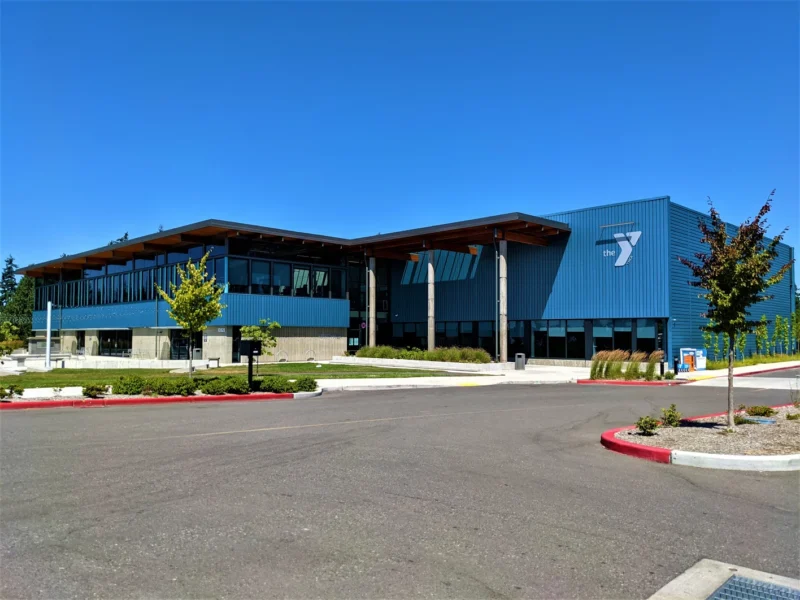This post serves as a comprehensive guide on LEED commissioning, a vital component in the realm of sustainable building certification. Aimed at both novices and seasoned professionals, it unpacks the nuances of LEED commissioning, underscoring its pivotal role in promoting environmentally responsible, cost-effective construction practices that yield significant social and governance benefits.
LEED stands as the premier green building certification system, integral for creating eco-friendly structures. Commissioning in the LEED context supports the design, construction, and operational phases, ensuring projects meet the owner’s expectations while emphasizing environmental stewardship and the wellbeing of building occupants and maintenance staff. It involves detailed oversight of mechanical, electrical, plumbing, and renewable energy systems, crucial for achieving the necessary points for LEED certification.
LEED commissioning is bifurcated into fundamental and enhanced categories. Fundamental commissioning, a prerequisite for all LEED-certified projects, focuses on optimizing equipment operation and advocating for the owner from pre-design through project completion and beyond. This includes drafting the Owner’s Project Requirements (OPR), reviewing the Basis of Design (BOD), developing a commissioning plan, conducting site observations, and managing a 10-month warranty review, culminating in a final report.
Enhanced commissioning adds complexity but also value, offering three pathways to earn up to six additional LEED credits. These include Enhanced Commissioning (Option 1 – Path 1), Monitoring-Based Commissioning (Option 1 – Path 2), and Building Enclosure Commissioning (Option 2), each expanding the commissioning scope in specific, value-added ways as detailed below.
Key aspects of Enhanced Commissioning include:
- Enhanced Commissioning (Option 1 – Path 1): Expands on fundamental commissioning with deeper construction submittal reviews, additional seasonal testing, and focuses on operational training and documentation, yielding a comprehensive systems manual.
- Monitoring-Based Commissioning: Integrates efficiency-driven fault detection and diagnostics, enhancing facility maintenance and operational efficiency.
- Building Enclosure Commissioning (Option 2): Extends commissioning to include the building’s envelope, ensuring its integrity through detailed submittal reviews and testing.
The LEED version 4.1 guidelines maintain consistency with prior versions, ensuring a stable framework for commissioning efforts.
Securing a qualified and rigorous commissioning provider is essential for compliance and achieving your sustainability goals. To navigate the proposal comparison process effectively, consider the following strategies:
- Define Sampling Rates: Clarify your expectations for system testing in the RFP to ensure alignment between proposals.
- Request LEED Experience: Opt for providers with a track record in LEED projects to ease the certification journey.
- Demand Transparent Pricing: Ensure providers detail their pricing assumptions to avoid unexpected costs and facilitate proposal comparisons.
- Specify Staffing Plans: Ensure consistency and quality by requiring that key personnel complete the majority of the project work and remain consistent throughout.
With the right commissioning authority, obtaining LEED certification can contribute significantly to a project’s success, enhancing long-term operation and energy efficiency. The process underscores the importance of selecting a knowledgeable partner capable of navigating the complexities of fundamental, enhanced, monitoring-based, or envelope commissioning to ensure not only compliance but also high-performance and sustainable building outcomes.

